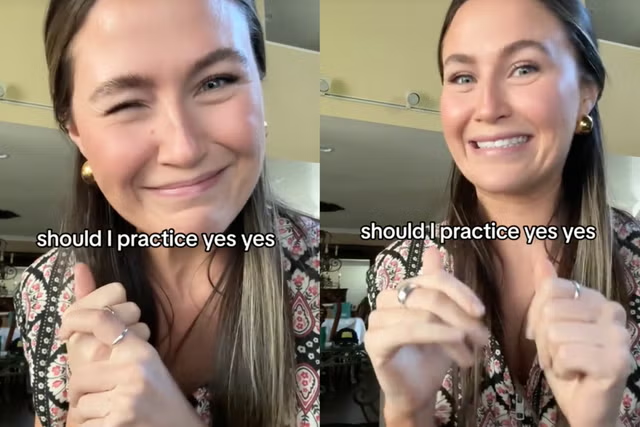Documents are the lifeblood of historians, the tools with which we build our picture of the past. For most historians and biographers there is a surfeit of sources to draw from, ranging from documents in public archives and private collections to accounts in books and interviews.
For the royal historian, however, there is very little beyond often inaccurate press cuttings, and briefings by “sources” in royal circles. Even Netflix reenactments of infamous interviews only allow an interpreation of what the royals themselves chose to put in the public domain.
This is because there remains a deference and culture of secrecy with regard to the royal family. They are largely exempt from the Freedom of Information Act; the Royal Archives have no public inventory – rather like a restaurant with no menu; what papers are deposited in the National Archives are subject to a series of exemptions; and those who have worked with them are almost inevitably subject to confidentiality contracts.
Disclaimer: The copyright of this article belongs to the original author. Reposting this article is solely for the purpose of information dissemination and does not constitute any investment advice. If there is any infringement, please contact us immediately. We will make corrections or deletions as necessary. Thank you.



